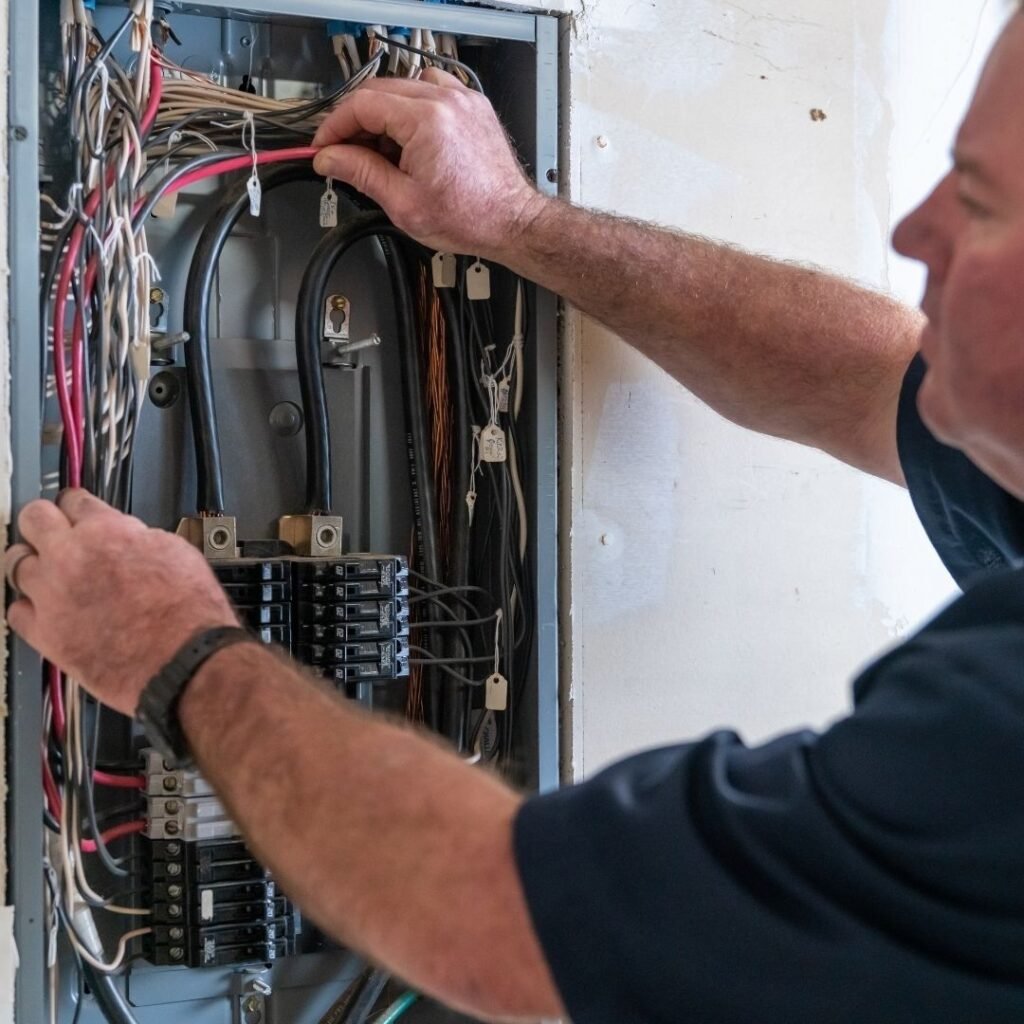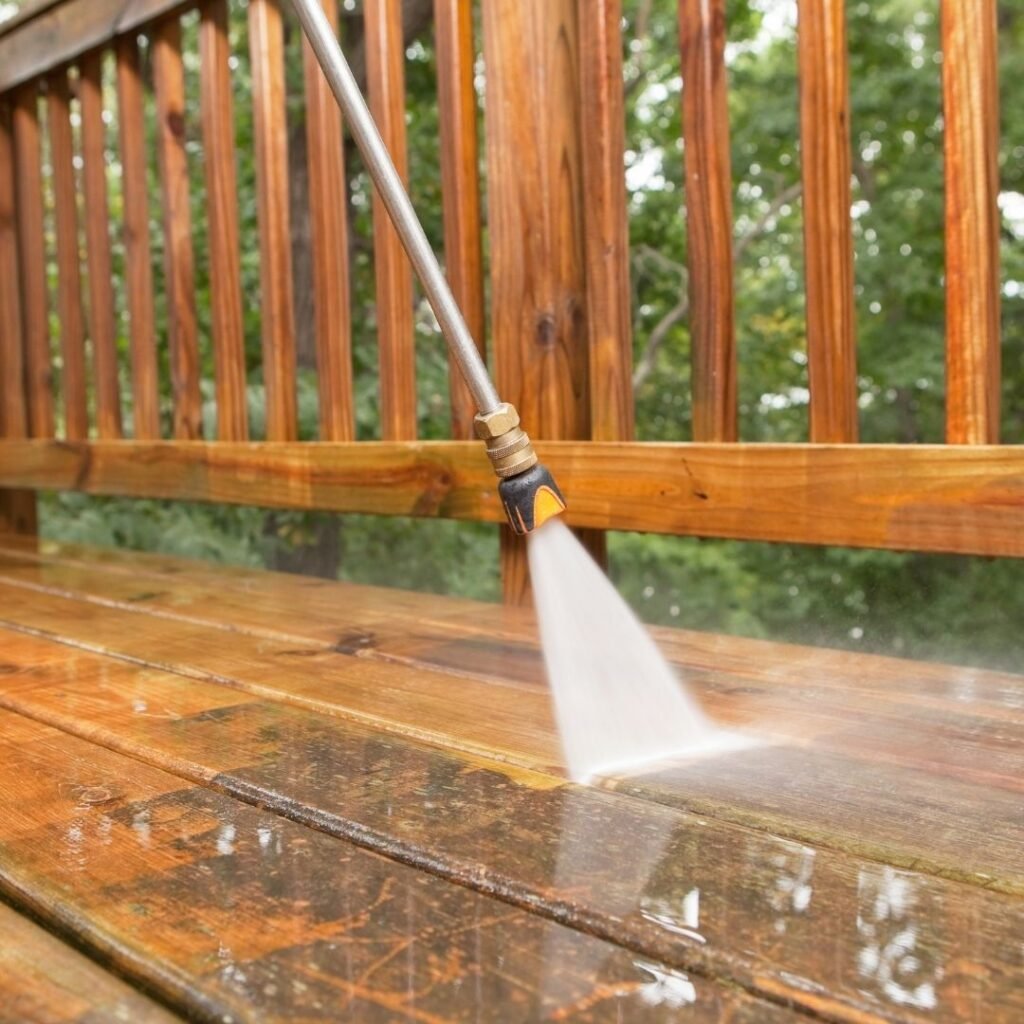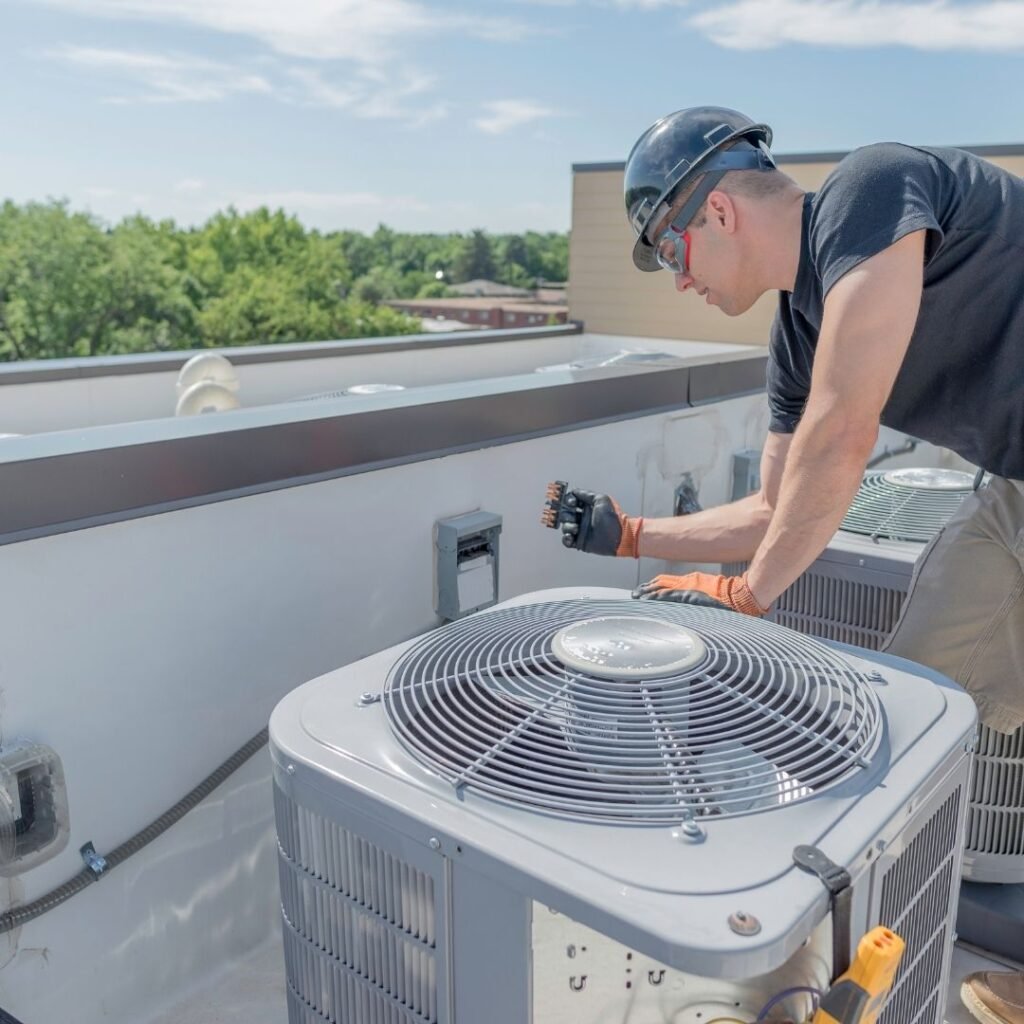Introduction
Are you an HVAC professional finding it tough to get found online, or losing jobs to competitors who dominate the local “map pack”? Whether customers are searching for “AC repair near me,” “emergency furnace repair [city],” or “best HVAC installation company,” you want your business to be at the very top.
That’s why we at Nesta Sites, specialists in trades digital marketing, have assembled this in-depth, expert-built HVAC SEO checklist for 2025.
For more hands-on help, check out our HVAC SEO services or see how our custom HVAC websites turn browsers into booked appointments!
Why Local SEO Is Mission-Critical for HVAC Companies
If your business isn’t visible when homeowners search for “AC repair cost,” “heater tune-up Plano,” or “licensed HVAC contractor [city],” you’re missing out on high-value jobs. According to BrightLocal, 85% of service customers choose from the first three results in Google—and most HVAC decisions happen fast, driven by urgent needs.
- Google rewards companies with detailed service pages, positive reviews, consistent local information, and fast, mobile-optimized websites.
- Navigating the specifics of “HVAC” SEO—like seasonal trends and city-level regulations—requires targeted expertise.
Nesta Sites works with HVAC businesses of all sizes and leverages years of proven experience in digital strategy for home service trades.
The Expanded 12-Point HVAC SEO Checklist
1. Take Ownership of Your Google Business Profile
Claim your Google Business Profile and maximize every field: include HVAC categories (“Air Conditioning Contractor,” “Heating Contractor”), emergency and after-hours services, plenty of before-and-after job photos, and exact coverage areas.
- Set up messaging (if possible) for instant estimates.
- Rotate seasonal offers: “Spring AC tune-up,” “emergency heating repairs.”
- Ask happy customers to leave reviews using specific service and city words (“repaired our furnace fast in McKinney”).
2. Use HVAC Customer Keyword Research
Effective SEO begins by understanding what your customers search for, not jargon, but real-world needs like:
- “AC repair cost [city]”
- “24/7 air conditioning service near me”
- “Furnace installation financing options”
- “Licensed HVAC contractor for commercial jobs”
- “Smart thermostat installation [city]”
- “Heat pump troubleshooting tips”
Use tools like Moz or Semrush to pull the top and long-tail searches for tune-ups, installs, brands (“Trane repair,” “Goodman install”), and maintenance contracts in your service area.
- Sprinkle location, brand, and repair-specific phrases throughout your homepage, inner pages, and blog content.
3. Build Comprehensive Service Area & Brand Pages
Create an SEO-optimized page for every major service (AC, heat, duct cleaning, indoor air quality) and each city or region you serve. For example:
- “Air Conditioning Repair Plano TX”
- “Heater Tune-Up Services Frisco”
- “Commercial HVAC Maintenance Allen TX”
- “Mini Split Ductless System Installers [city]”
Include neighborhood or HOA names for hyper-local SEO! For how to structure and design these pages, see our HVAC web design or check out 11 Best HVAC Websites For Inspiration.
4. Optimize Your Page Titles, Meta, and Headings
- Page titles should use clear service and location wording: Example: “Furnace Replacement in McKinney – Financing Available”
- Meta descriptions tell the customer why to click: “Fast AC repair and summer tune-ups. Licensed HVAC techs. Call now for service in [city].”
- Use subheadings such as “AC Won’t Turn On? Our Same-Day Plano Service Explained” or “Why Choose a Licensed HVAC Contractor?”
See Semrush’s SEO checklist for more formatting tips.
5. Focus on Mobile Speed and User Experience
Prompt response and easy scheduling drive conversions for HVAC leads, especially during peak heat or cold. Test your website’s speed and mobile design with Google PageSpeed Insights.
- Use click-to-call buttons and simple online appointment booking forms on every page.
- Ensure maps, NAP (name, address, phone), and service area info is instantly visible.
- Show off licenses, EPA certifications, and real reviews.
See how Nesta Sites can help with HVAC website upgrades.
6. List in Trusted Directories and Industry Sites
Register your business on high-authority directories like BBB, Angi, HomeAdvisor, Yelp, and even manufacturer “Find a Pro” features if you’re certified (e.g., Trane, Carrier).
- Maintain identical contact info everywhere (for Google trust).
- Add local trade groups, chambers, or sponsor spotlights if relevant.
Details at Moz: Local Citations.
7. Proactively Request Customer Reviews
After every job, send a quick text or email inviting the customer to review you on Google, mentioning your city and the type of fix (“fixed our heat pump after a freeze in Allen”).
- Reply warmly to all reviews—thank positive clients, offer solutions to any issues.
- Showcase your best reviews on high-traffic website pages.
See BrightLocal’s review guide for proven outreach scripts.
8. Keep Business Info Current Everywhere
Whenever you add cities, services, or hours, instantly update your Google profile, website, and all main directories. Seasonal changes (like “after-hours emergency response” or “AC tune-up discount”) should also be reflected across channels.
- Don’t let outdated hours, old phone numbers, or wrong addresses cost you jobs or reviews.
9. Use Schema Markup (Structured Data) for HVAC
Implementing schema (LocalBusiness, Service, Review schemas) tells Google about your business hours, services (e.g., “duct cleaning,” “emergency AC repair”), and reviews—helping you stand out in search results with rich details.
10. Showcase Expertise, Authority, and Trust
- Clearly state your years in business, training/certifications, and local licensing (e.g., “Licensed by the Texas Department of Licensing and Regulation”).
- Include a short “Why Choose Us?” section with team bios, photos, or mention of high-value jobs (e.g., “trusted by local banks for roof-top unit installs”).
- Add links to any press features, accreditations, or manufacturer partnerships.
11. Publish Content That Solves Common HVAC Problems
FAQs and blog posts can address:
- “How to reduce AC energy bills in summer?”
- “What qualifies for a new heater tax credit?”
- “Signs your AC needs refrigerant”
- “Can I install a smart thermostat with my old furnace?”
Use customer questions, seasonal tips, and service explainer videos to draw more leads.
12. Track Calls, Bookings, and Keyword Rankings
Set up Google Analytics and Search Console to monitor which services, seasons, and pages drive the most calls and bookings.
- Tweak pages based on real sales, not just web traffic.
- Expand on content areas that bring new local leads (for example, if “heat pump install Frisco” is surging each fall).
Common SEO Mistakes HVAC Businesses Make
- Not updating site and listings for emergency or after-hours service
- Using “HVAC” everywhere instead of specific search terms (“AC repair,” “furnace install”)
- Missing reviews or not replying to poor feedback
- Forgetting to add new cities or seasonal promotions to Google and all directories
- Neglecting mobile usability and click-to-call
Nesta Sites specializes in fixing these common SEO pitfalls for HVAC business owners. Request your free local SEO review today.
Why HVAC Businesses Trust Nesta Sites
With years of experience growing local HVAC companies across the US, Nesta Sites delivers technical SEO, content marketing, and web design that actually results in more booked jobs, better reviews, and higher profitability. We base every strategy on Google’s best practices, never shortcuts or guesswork.
The Ultimate HVAC SEO Checklist: Boost Your Website & Grow Your Local Business
11 Best HVAC Websites for Inspiration In 2025 (And What Makes Them Stand Out)
11 Best HVAC Websites for Inspiration in 2025Get inspired by top-performing HVAC websites and learn how a professional site can bring you more customers. Why HVAC Contractors Need a High-Converting WebsiteYour website isn’t just an online business card—it’s your #1…












